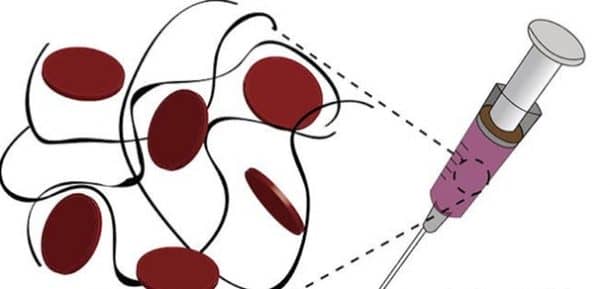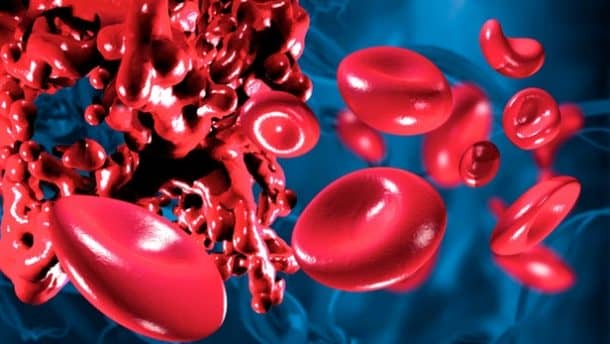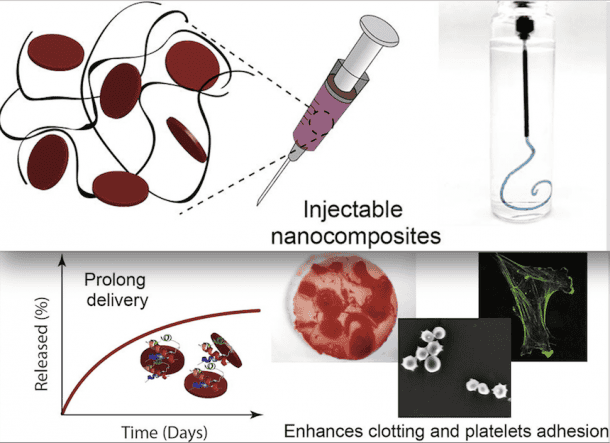Injectable bandages have been created by a team from Texas A&M University. The injectable bandages blend together a commonly used food thickening agent and nanoparticles. This results in an injectable hydrogel that can rapidly stop bleeding and promote wound healing.
Kappa-carrageenan has been used as an effective gelling agent in food for decades and is commonly extracted from red edible seaweed. This was combined with synthetic two-dimensional nanosilicates to generate an injectable hydrogel to efficiently stop bleeding. The hemostatic activity of the hydrogel was enhanced by the nanoparticles, resulting in quicker blood clotting.

“Injectable hydrogels are promising materials for achieving hemostasis in case of internal injuries and bleeding, as these biomaterials can be introduced into a wound site using minimally invasive approaches,” says Akhilesh K. Gaharwar, one of the scientists working on the study.
The nanoparticles can also be modified to introduce a variety of therapeutic biomacromolecules that can enhance tissue regeneration and wound healing. It also has the benefit of directly injecting therapeutic molecules into the wound.

“Interestingly, we also found that these injectable bandages can show a prolonged release of therapeutics that can be used to heal the wound,” says Giriraj Lokhande, first author on the paper. “The negative surface charge of nanoparticles enabled electrostatic interactions with therapeutics thus resulting in the slow release of therapeutics.”
Many soldiers lose their lives on the battlefield as a result of uncontrolled bleeding. Citizens that are involved in major accidents also lose a lot of blood on spot, which makes saving their lives much more difficult. The most innovative aspect of the injectable bandages is that it not only stops the bleeding but the nanoparticles significantly help in wound healing.

Once the technology is polished a little more, we might see it becoming a norm and it will definitely save countless lives when it does.


